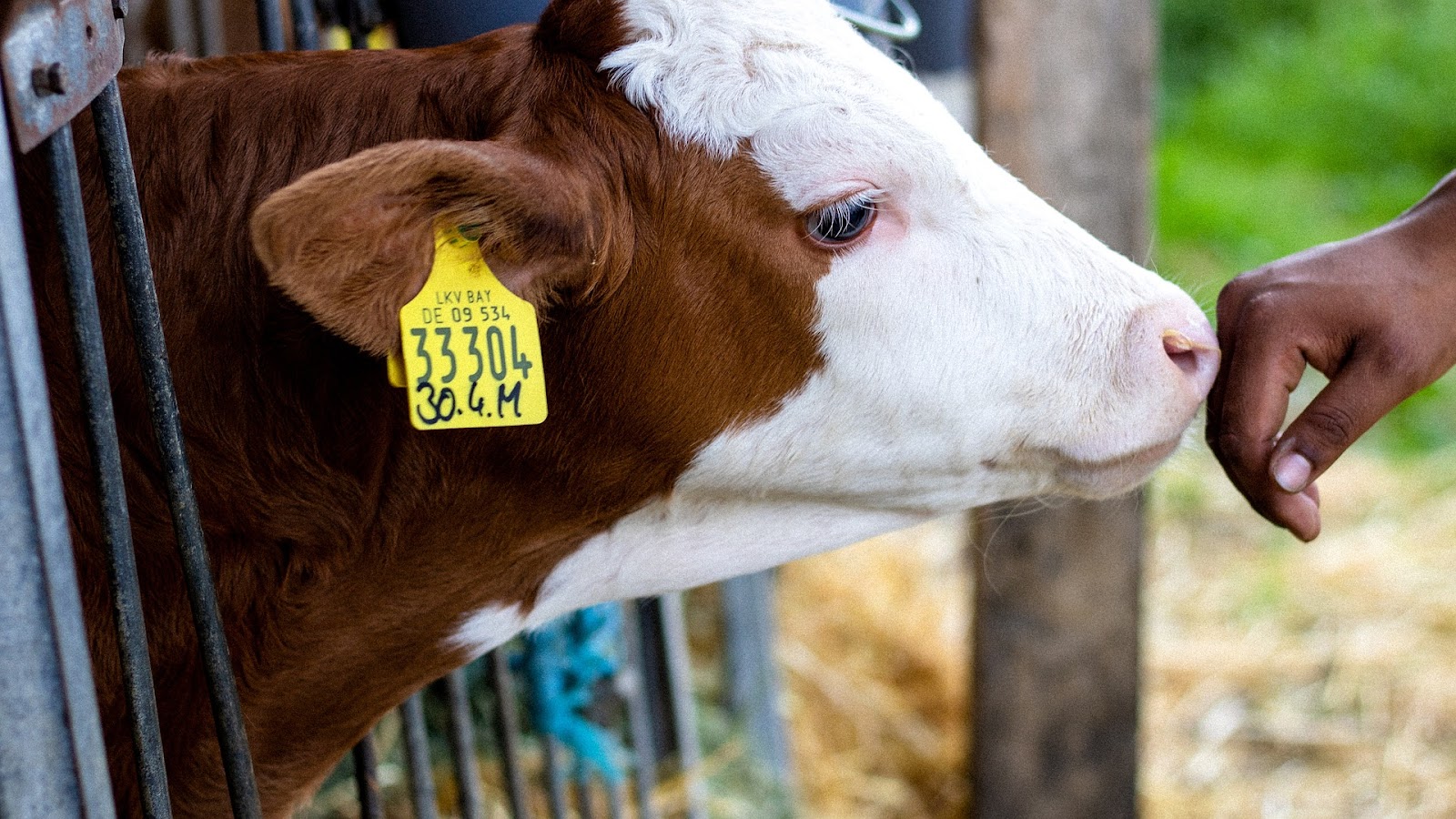California’s cannabis industry, a flourishing giant already wrestling with its young legal status, might be in for a fresh wave of challenges and opportunities. Assembly member Cecilia Aguiar-Curry has thrown a curveball into the mix with her draft bill, AB-2223. This proposed legislation, currently under scrutiny, carries the weight of impacting various aspects of the industry, from the spectrum of available products to the very THC content in consumer edibles.
One of the most intriguing propositions revolves around hemp, the oft-shadowed relative of cannabis. Manufacturers and operators might soon find themselves incorporating hemp derivatives into their product lines, potentially leading to an influx of hemp-infused edibles and topicals alongside traditional cannabis offerings. However, this integration isn’t without its regulatory chaperone. Stringent regulations are expected by July 2025, ensuring product safety and enforcing clear tracking measures. Imagine hemp needing a responsible guardian for its foray into the cannabis world.
But AB-2223 doesn’t stop there. It aims to be a guardian of sorts, cracking down on the shadowy world of “synthetic cannabinoids.” These lab-made imposters, often carrying unpredictable health risks, could soon be out of the picture. The bill proposes a ban on using hemp-derived THC that’s been converted into its psychoactive delta-9 form, prohibiting retailers from selling products containing this synthetic mimic. Safety concerns reign supreme here, prioritizing consumer well-being over a potentially risky product category.
For those who indulge in hemp-infused edibles and beverages, the bill brings forth a new era of clarity. Serving sizes and limitations become more concrete, with a maximum of five servings per package. This newfound transparency aims to ensure responsible consumption and eliminate any ambiguity around dosage. Even hemp-infused dietary supplements, like pills and capsules, get their own rulebook, establishing clear definitions and parameters for their existence.
However, it’s crucial to remember that this is merely a draft, still in its early stages of development. Some sections, like the proposed THC potency cap, are blank spaces waiting to be filled. The bill faces an uphill journey, with potential amendments and revisions before it ever graces the governor’s desk as law. Think of it as a script in the making, with the final scenes yet to be written.
So, what does this potential paradigm shift mean for you? As a consumer, staying informed is key. Keep your ear to the ground on the bill’s progress and how it might impact your preferred products. Industry players, prepare for potential adjustments. This bill could be a game-changer, and while its final form remains veiled, one thing is certain: the California cannabis industry is in for an exciting, albeit unpredictable, ride.
Remember, the cannabis industry is a complex ecosystem, and AB-2223 is just one player in this ever-evolving landscape. Its potential impact, while significant, is just one chapter in the ongoing story of California’s legal cannabis journey. As the bill navigates its legislative path, one thing is certain: the future of California’s cannabis industry promises to be dynamic and ripe with possibilities. Cannabis enthusiasts and industry stakeholders alike should buckle up and prepare for the next chapter to unfold.





































































































































































































































































































































